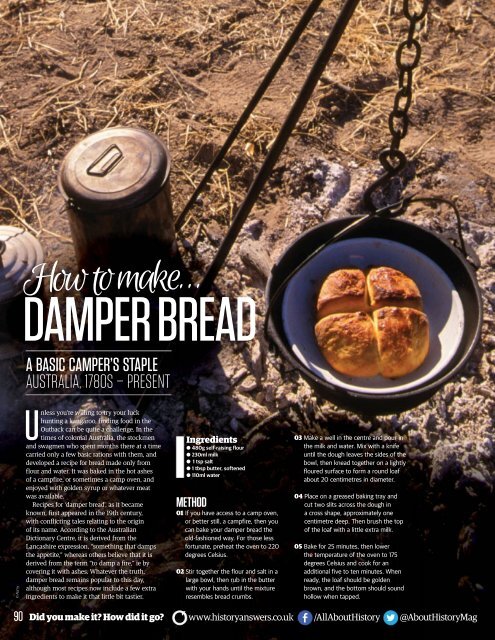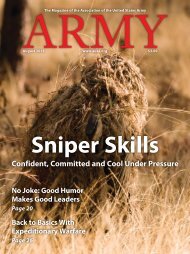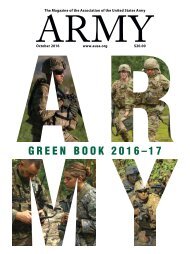All About - History - Nero - Rome's Deadliest tyrant
All About History offers a energizing and entertaining alternative to the academic style of existing titles. The key focus of All About History is to tell the wonderful, fascinating and engrossing stories that make up the world’s history.
All About History offers a energizing and entertaining alternative to the academic style of existing titles. The key focus of All About History is to tell the wonderful, fascinating and engrossing stories that make up the world’s history.
You also want an ePaper? Increase the reach of your titles
YUMPU automatically turns print PDFs into web optimized ePapers that Google loves.
How to make…<br />
DAMPER BREAD<br />
© Alamy<br />
90<br />
A BASIC CAMPER’S STAPLE<br />
AUSTRALIA, 1780S – PRESENT<br />
Unless you’re willing to try your luck<br />
hunting a kangaroo, finding food in the<br />
Outback can be quite a challenge. In the<br />
times of colonial Australia, the stockmen<br />
and swagmen who spent months there at a time<br />
carried only a few basic rations with them, and<br />
developed a recipe for bread made only from<br />
flour and water. It was baked in the hot ashes<br />
of a campfire, or sometimes a camp oven, and<br />
enjoyed with golden syrup or whatever meat<br />
was available.<br />
Recipes for ‘damper bread’, as it became<br />
known, first appeared in the 19th century,<br />
with conflicting tales relating to the origin<br />
of its name. According to the Australian<br />
Dictionary Centre, it is derived from the<br />
Lancashire expression, “something that damps<br />
the appetite,” whereas others believe that it is<br />
derived from the term “to damp a fire,” ie by<br />
covering it with ashes. Whatever the truth,<br />
damper bread remains popular to this day,<br />
although most recipes now include a few extra<br />
ingredients to make it that little bit tastier.<br />
Ingredients<br />
480g self-raising flour<br />
230ml milk<br />
1 tsp salt<br />
1 tbsp butter, softened<br />
110ml water<br />
METHOD<br />
01 If you have access to a camp oven,<br />
or better still, a campfire, then you<br />
can bake your damper bread the<br />
old-fashioned way. For those less<br />
fortunate, preheat the oven to 220<br />
degrees Celsius.<br />
02 Stir together the flour and salt in a<br />
large bowl, then rub in the butter<br />
with your hands until the mixture<br />
resembles bread crumbs.<br />
03 Make a well in the centre and pour in<br />
the milk and water. Mix with a knife<br />
until the dough leaves the sides of the<br />
bowl, then knead together on a lightly<br />
floured surface to form a round loaf<br />
about 20 centimetres in diameter.<br />
04 Place on a greased baking tray and<br />
cut two slits across the dough in<br />
a cross shape, approximately one<br />
centimetre deep. Then brush the top<br />
of the loaf with a little extra milk.<br />
05 Bake for 25 minutes, then lower<br />
the temperature of the oven to 175<br />
degrees Celsius and cook for an<br />
additional five to ten minutes. When<br />
ready, the loaf should be golden<br />
brown, and the bottom should sound<br />
hollow when tapped.<br />
Did you make it? How did it go? www.historyanswers.co.uk /<strong>All</strong><strong>About</strong><strong>History</strong> @<strong>About</strong><strong>History</strong>Mag


















